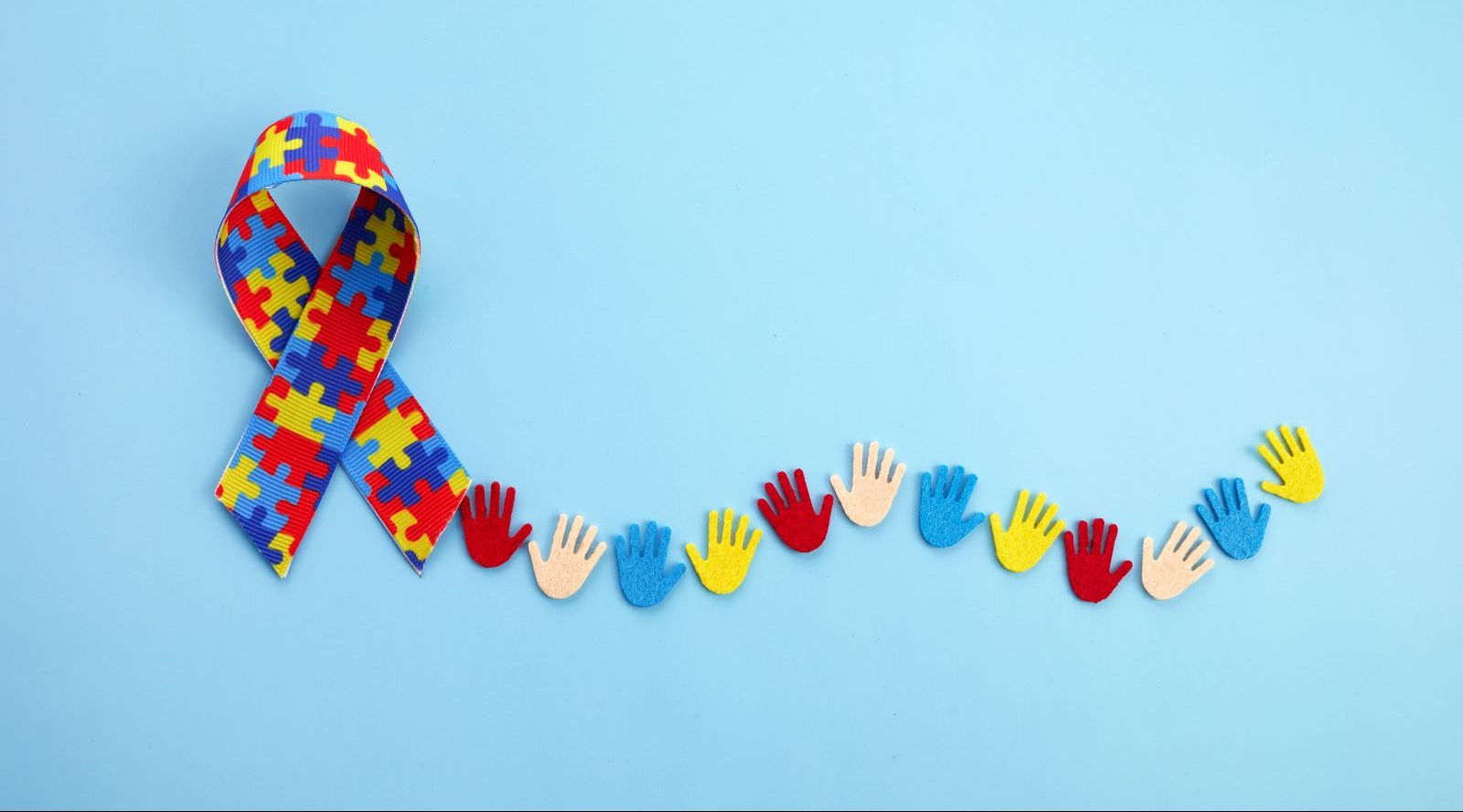The Duty of Education And Learning in Sustaining Trainees with Autism: Finest Practices
The Duty of Education And Learning in Sustaining Trainees with Autism: Finest Practices
Blog Article
Exploring Autism: Strategies for Reliable Communication and Communication
Reliable communication and communication with individuals on the autism range demand a comprehensive understanding of their distinct needs and choices. Strategies such as employing clear language, making use of aesthetic supports, and fostering consistent routines can dramatically improve engagement and decrease stress and anxiety. Acknowledging the significance of non-verbal hints and shared rate of interests leads the method for purposeful links. The ins and outs of these methods disclose further factors to consider that warrant exploration, particularly in exactly how they can be adjusted to private experiences and varied contexts. What might these adaptations look like in technique?
Comprehending Autism Spectrum Disorder
Autism Range Condition (ASD) includes a variety of neurodevelopmental problems identified by challenges in social interaction, interaction, and repetitive habits. The term "spectrum" shows the diverse indications and varying degrees of severity experienced by people with ASD. While some might display significant disabilities, others may show high-functioning qualities, enabling greater self-reliance in day-to-day live.
The beginning of ASD generally happens in early childhood years, with indications often well-known by age 2. Very early indicators might consist of postponed speech growth, minimal eye contact, and difficulties in comprehending social hints. Although the exact etiology of ASD stays uncertain, study recommends a combination of hereditary and ecological elements plays an important function in its development.
As a result, treatments and assistance tailored to private requirements are necessary for cultivating interaction and social skills. Identifying the complexity of ASD is vital for promoting recognition, acceptance, and effective methods that assist in significant communications with individuals on the spectrum.

Importance of Clear Interaction
Reliable interaction is important for promoting understanding and link, specifically for people with Autism Range Problem (ASD) Clear communication not only assists in social communications yet additionally boosts the individual's ability to share their needs, emotions, and ideas. For individuals with ASD, the nuances of language can often be challenging; therefore, using unambiguous and simple language is vital.
Additionally, clear interaction helps in reducing aggravation and anxiety that might arise from misunderstandings. When messages are communicated in a straight and regular fashion, people with ASD are better geared up to analyze information properly, which can considerably enhance their social interaction and engagement in numerous setups.
Establishing routines and utilizing visual assistances can better bolster clear communication. These methods give people with predictable structures that assist understanding and retention of information. Furthermore, actively being and paying attention client during communications advertises a supportive setting where people with ASD really feel valued and understood.
Inevitably, focusing on clear interaction not just equips people with ASD yet additionally fosters even more significant connections with their peers, caregivers, and the wider community, paving the way for collective connections and comprehensive interactions. - autism
Non-Verbal Communication Methods
Communication expands past words, and for individuals with Autism Range Condition (ASD), non-verbal signs play a considerable role in interactions. Non-verbal communication techniques can include faces, motions, body language, and eye get in touch with, every one of which function as important parts for conveying intents and emotions.
Comprehending and analyzing these non-verbal signals can enhance communications with individuals with ASD. For instance, a cozy smile or open pose can develop an inviting ambience, motivating engagement. Similarly, making use of aesthetic aids-- such as picture cards or signs-- can link interaction gaps and aid share messages better.
It is additionally important to be mindful of individual area, as individuals with ASD may my explanation have different comfort degrees relating to distance. Observing their responses to physical distance can notify suitable modifications.

Producing Encouraging Settings
Creating a supportive environment is essential for cultivating favorable communications and enhancing the wellness of individuals with Autism Range Problem (ASD) Such environments can significantly lower stress and anxiety and create a sense of safety and security, permitting individuals to express themselves a lot more freely.
To attain this, it is important to take into consideration sensory level of sensitivities that individuals with ASD may experience. Modifying the physical area to consist of soft lights, minimal history sound, and comfy seating can create a soothing ambience. Furthermore, making use of constant routines and clear aesthetic timetables can assist individuals expect changes and reduce other unpredictability, further promoting comfort.
Social areas must be structured to reduce overwhelming stimuli while supplying chances for interaction in recommended tasks. Helping with locations designated for silent time can additionally function as a haven during minutes of stress and anxiety. Importantly, including elements of choice encourages individuals, allowing them to exercise agency in their environment.

Encouraging Social Interactions
Cultivating social communications among individuals with Autism Range Problem (ASD) needs deliberate methods that focus on convenience and involvement. Developing predictable routines can help in reducing anxiousness, making social settings more approachable. Creating structured settings with specified responsibilities and duties allows individuals to engage without the overwhelming pressure of unstructured social characteristics.
Integrating passions and strengths right into social tasks can work as a catalyst for communication. Organizing team activities around shared pastimes or subjects of fascination can assist in all-natural discussions and links. In addition, utilizing aesthetic supports, such as social scripts or photographic routines, can assist in comprehending social cues and expectations.
Modeling appropriate social habits is critical - autism. Adults and peers must show reliable interaction strategies, consisting of active listening and turn-taking. Role-playing scenarios can additionally supply a secure space for people to practice these abilities
Finally, fostering peer partnerships via comprehensive methods is important. Motivating comprehensive playdates or team getaways can develop opportunities for socialization in a comfortable setting. By implementing these educators, caretakers and methods can significantly improve social communications for individuals with ASD, promoting their overall social development and well-being.
Final Thought
Finally, effective communication and communication strategies are essential for sustaining people with Autism Range Disorder. Highlighting clear language, integrating non-verbal cues, and establishing foreseeable regimens dramatically boost involvement and minimize anxiousness. Producing helpful environments fosters risk-free social communications, while encouraging shared interests promotes meaningful links. Inevitably, these approaches encourage individuals with autism go to my site to browse social landscapes, advertising their total well-being and making it possible for the growth of long lasting connections.
Reliable communication and interaction with people on the autism spectrum necessitate a comprehensive understanding of their unique requirements and preferences. Clear communication not just assists in social interactions however likewise enhances the individual's ability to reveal their thoughts, feelings, and needs.Cultivating social communications among individuals with Autism Spectrum Disorder (ASD) needs deliberate approaches that prioritize comfort and involvement. By executing these methods, teachers and caretakers can significantly improve social communications for people with ASD, promoting their total social advancement and well-being.
In conclusion, effective communication and interaction approaches are crucial for supporting people with Autism Spectrum Condition.
Report this page